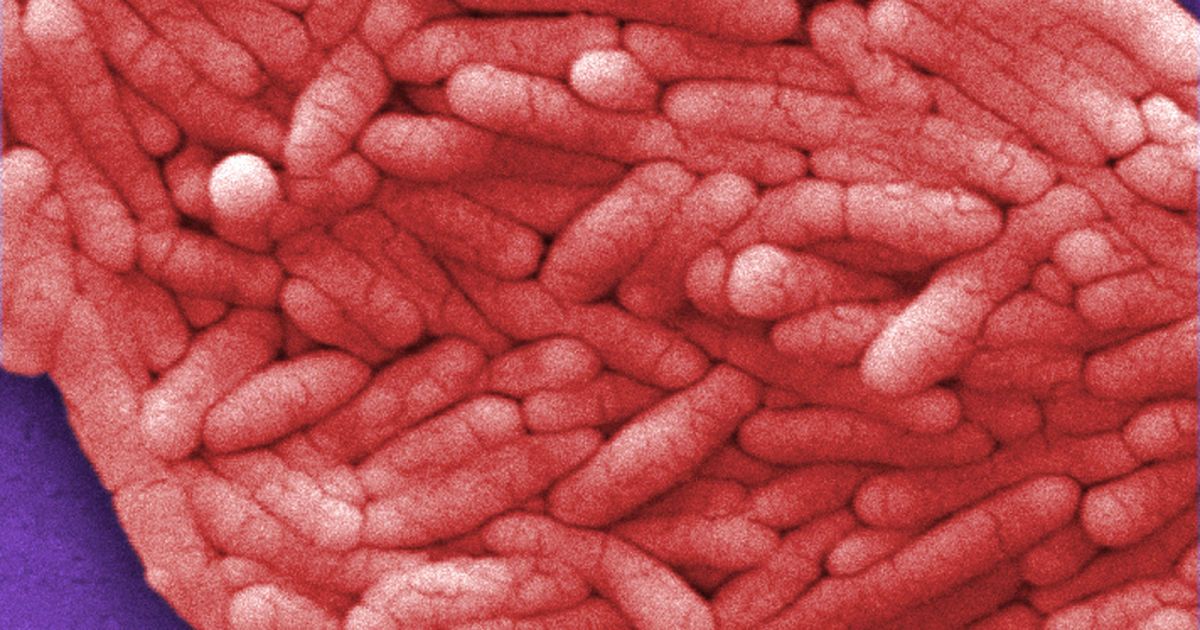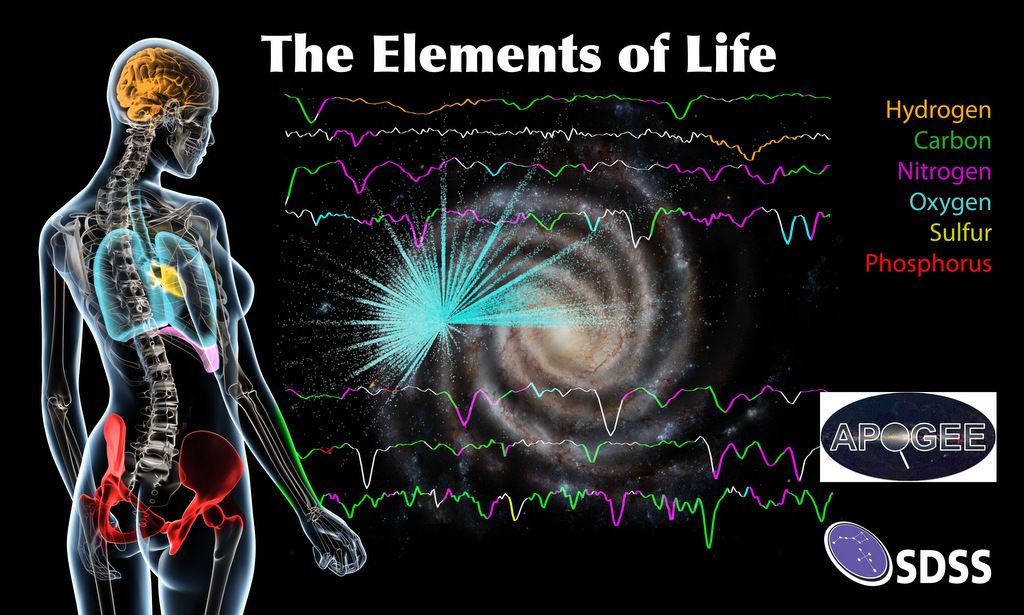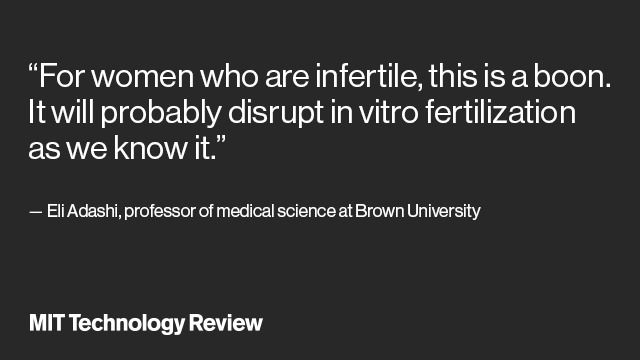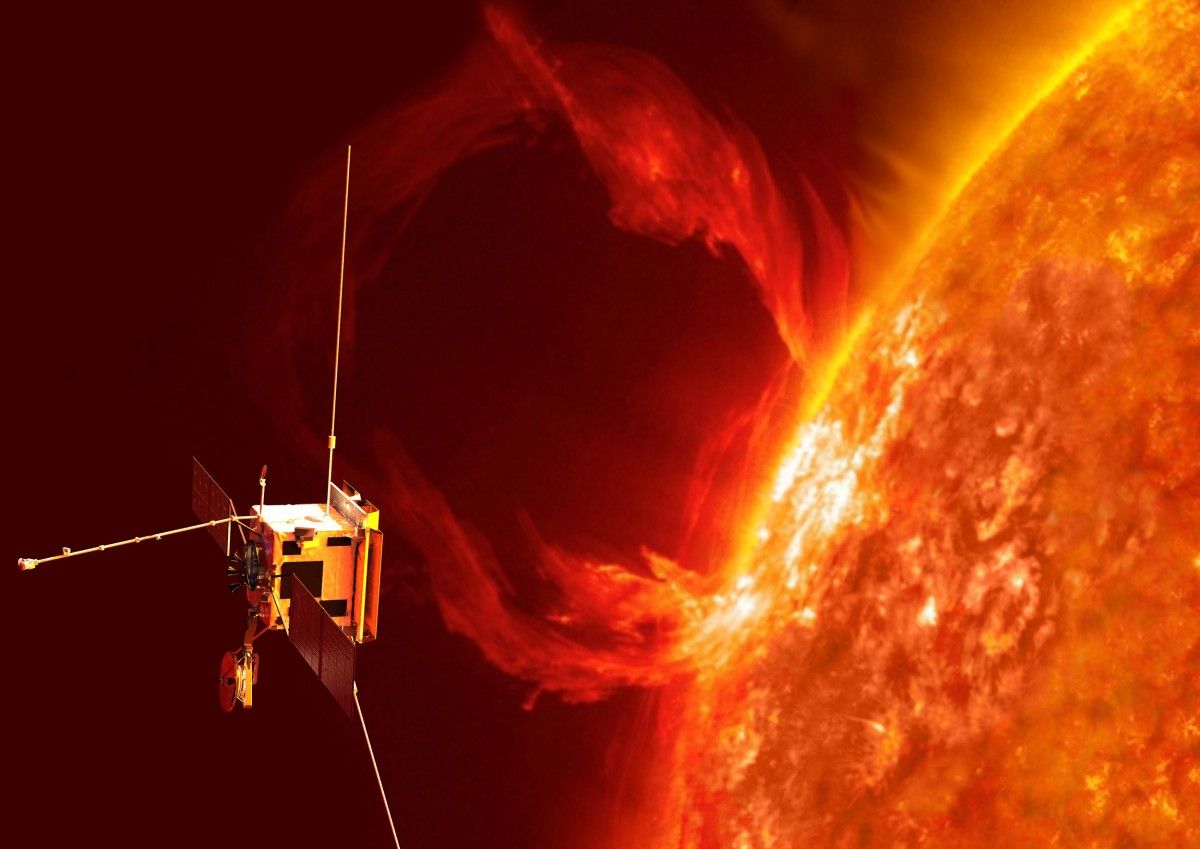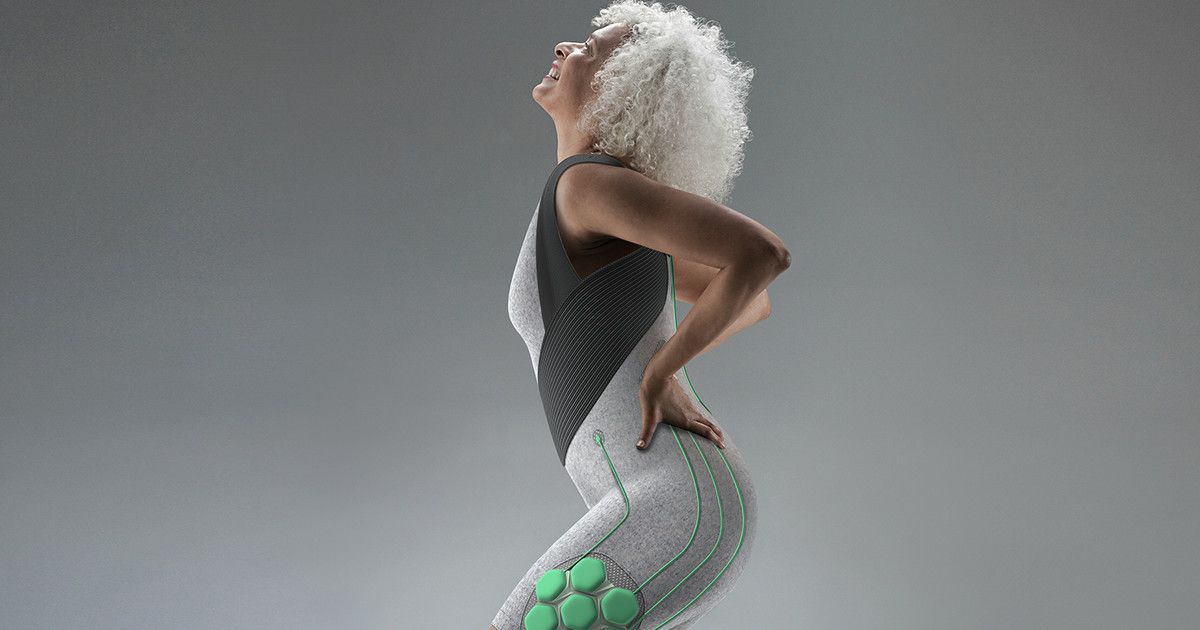Page 10568
Jan 11, 2017
Could Dark Streaks in Venus’ Clouds Be Signs of Alien Life?
Posted by Sean Brazell in category: alien life
Russian and U.S. scientists are exploring a mission that may end up looking for signs of alien life in Venus’ sulfur clouds.
Jan 11, 2017
After Genetic Tweaks, Fruit Flies Glow When They Sense Cancer
Posted by Shane Hinshaw in categories: bioengineering, biotech/medical, genetics
The genetically engineered _Drosophila melanogaster _can even signal for different types of breast cancer cells.

University of Konstanz.
Continue reading “After Genetic Tweaks, Fruit Flies Glow When They Sense Cancer” »
Jan 11, 2017
Confirmed: We Really are ‘Star Stuff’
Posted by Shane Hinshaw in categories: biotech/medical, particle physics, space
Scientist Carl Sagan said many times that “we are star stuff,” from the nitrogen in our DNA, the calcium in our teeth, and the iron in our blood.
It is well known that most of the essential elements of life are truly made in the stars. Called the “CHNOPS elements” – carbon, hydrogen, nitrogen, oxygen, phosphorous, and sulfur – these are the building blocks of all life on Earth. Astronomers have now measured of all of the CHNOPS elements in 150,000 stars across the Milky Way, the first time such a large number of stars have been analyzed for these elements.
“For the first time, we can now study the distribution of elements across our Galaxy,” says Sten Hasselquist of New Mexico State University. “The elements we measure include the atoms that make up 97% of the mass of the human body.”
Jan 11, 2017
In the near future, you might be able to create a baby from anyone’s skin cells
Posted by Shane Hinshaw in categories: biotech/medical, innovation
Jan 11, 2017
VR Let Me Meet My Daughter Before She Was Born
Posted by Shane Hinshaw in categories: 3D printing, biotech/medical, virtual reality
A while ago I got an idea: how awesome would it be to use 4D ultrasound to scan my unborn baby and make a VR experience of that. So I talked my girlfriend over even though the idea felt a bit weird and almost scary.
Show Full Text
How to make it happen? I searched for similar cases online, but couldn’t find any. All I could find was some examples of using ultrasound images for a 3D print of your unborn baby. So this was the first time in the world someone was doing this. Luckily I got people at the Aava Medical Centre excited about the idea, and they helped me forward. I also contacted GE, a manufacturer of 4D ultrasound systems, and they advised me how to extract the right kind of files from the ultrasound machine.
Jan 11, 2017
The Two Questions That Determine Your Scientific Literacy
Posted by Sean Brazell in category: futurism
Jan 11, 2017
Superflex’s powered clothing is designed to give the elderly their strength back
Posted by Klaus Baldauf in category: futurism
Superflex is developing “powered clothing.” It’s lightweight and connected clothing, equipped with electric muscles to support core movement.
Jan 11, 2017
One man’s quest to hack his own genes
Posted by Shailesh Prasad in category: biotech/medical
Jan 11, 2017
Glia, not neurons, are most affected by brain aging
Posted by Steve Hill in categories: biotech/medical, life extension, neuroscience
The microglia are central to aging in the brain and science is already finding ways to reverse it like introducing young microglia to the brain to remove plaques associated with Alzheimers. Brain aging is not a one way process!
The difference between an old brain and a young brain isn’t so much the number of neurons but the presence and function of supporting cells called glia. In Cell Reports on January 10, researchers who examined postmortem brain samples from 480 individuals ranging in age from 16 to 106 found that the state of someone’s glia is so consistent through the years that it can be used to predict someone’s age. The work lays the foundation to better understand glia’s role in late-in-life brain disease.
“We extensively characterized aging-altered gene expression changes across 10 human brain regions and found that, in fact, glial cells experience bigger changes than neurons,” says Jernej Ule, a neurobiologist at the Francis Crick Institute and the University College London, who led the study with departmental colleague Rickie Patani (@PataniLab) and first author Lilach Soreq. “There’s quite a bit of regional information that will be of interest to different people—for example some will notice a very unique pattern of astrocyte-specific changes in the substantia nigra—and we provide a lot of data that still needs to be analyzed.”
Continue reading “Glia, not neurons, are most affected by brain aging” »
